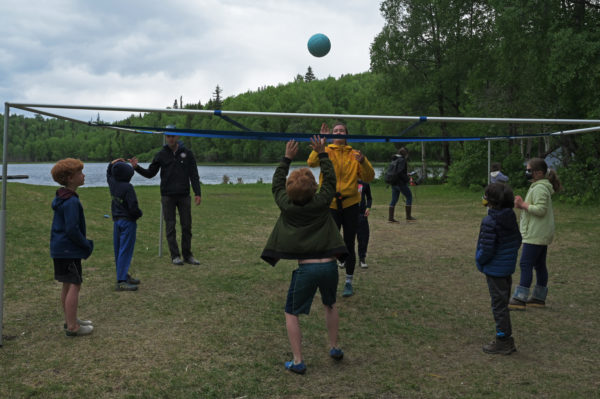
It was a windy day near Little Campbell Lake in Anchorage last week. Planes flew overhead and, on the ground, a group of campers at Trailside Discovery Camp cheered each other on as they volleyed a ball back and forth.
“It’s just like four square,” explained 8-year-old Phoebe Van Wyck. “But it has nine squares, and they put the squares on stilts.”
Van Wyck is among thousands of Alaska kids headed back to camp after the pandemic shrank many programs last year or closed them completely.
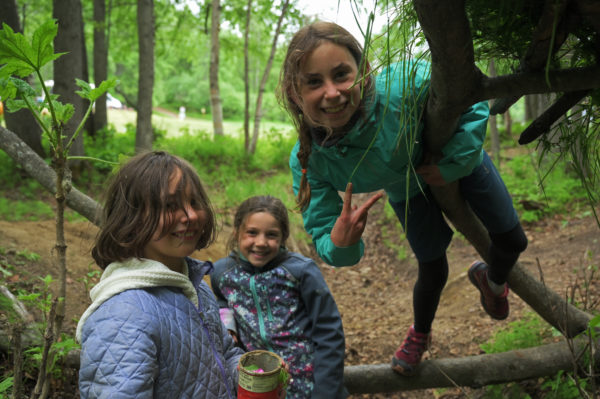
Camp directors say demand is high this summer, with COVID-19 vaccinations widely available, declining coronavirus cases and parents eager to send their kids to in-person programs after spending so much of the school year online.
“This week is Trailside’s largest week that we’ve ever had,” said Director Victoria Long-Leather. “We have over 300 campers across our sites.”
But holding camp this summer isn’t without challenges. Many programs spent months writing and rewriting protocols to keep up with the evolving pandemic. And some, like The Salvation Army, are struggling with staffing.
“Usually, we have most of our staff come from out of state, and this year we have had a hard time recruiting,” said Captain Luke Betti, the Salvation Army Youth and Candidates’ Secretary in Alaska.
Camp Fire Alaska, the state’s largest child care provider, is feeling the strain, too.
“Space is limited due to workforce shortages,” said Melanie Hooper, Camp Fire’s chief program officer. “So, you know, programs are full, and the need is high. But we still have not recovered as an industry to pre-COVID numbers.”
Listen to this story:
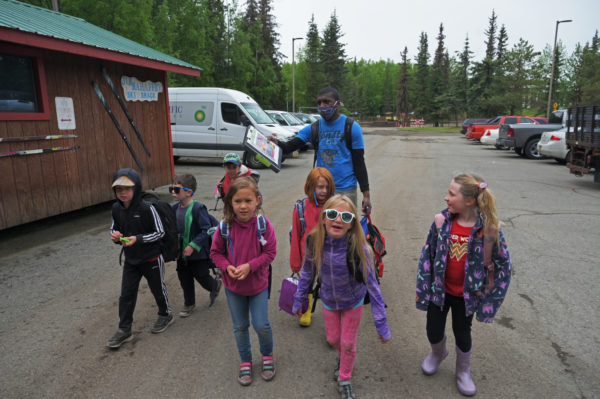
Hooper said Camp Fire’s day camp programs in Anchorage are running at roughly 50 to 60 percent capacity. She’s hopeful that as Camp Fire hires more workers, it will add more spots. She knows the need is there. The organization’s overnight camp, Camp K, sold out within 24 hours. The day camps have waitlists.
“We did have some families enroll for Camp K, and they signed their kids up for every camp session they could because their teenagers needed to get out of the house after a year,” Hooper said.
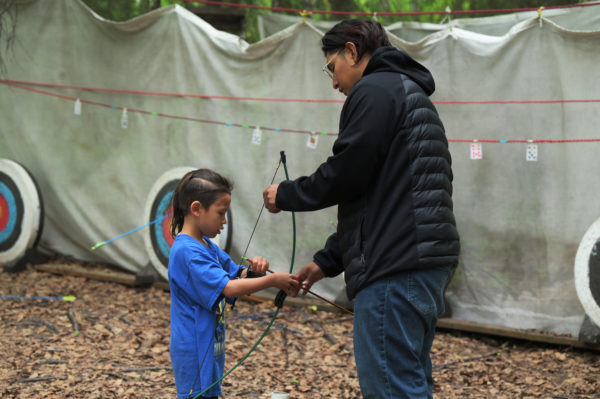
The demand, paired with financial strains from the pandemic, prompted Rasmuson Foundation and other organizations to launch a grant program for summer camps this year.
“We were very aware that kids were feeling cooped up, a lot of them missed out on their usual activities, whether it was just doing things with their family, organized camping experiences or programs,” said Diane Kaplan, Rasmuson’s president and chief executive. “And there was just a huge desire to get out and kind of be normal.”
RELATED: Grant program helps Alaska summer camps restart after lost year
The grants meant more camp spots and scholarships for Girl Scouts of Alaska’s summer programs, said chief executive Leslie Ridle.
“We never ever, ever want money to be the reason somebody didn’t go to camp,” she said.
Betti, with The Salvation Army, said the organization dropped prices to $10 per session at the overnight King’s Lake Camp
“The goal of this discount is to give families who have struggled throughout the pandemic a break on camp fees,” he said.
In Southeast Alaska, the Sitka Fine Arts Camp is back on this summer. Executive Director Roger Schmidt said grants and donations kept the program afloat after last year’s canceled camp and events.
“Over two weeks, we lost a million dollars in revenue,” he said about 2020. “It took our breath away.”
Schmidt said staff spent a lot of time crafting COVID-19 protocols for this year’s camp.
“Our year-round staff have studied and read every available article and case study about camps and schools that we could get our hands on,” he said.
The camp serves roughly 1,000 kids who come from all over Alaska — and even from out of state.
Schmidt said the camp is requiring all staff get vaccinated, and is encouraging families with campers age 12 and up to also get the shots.
Everyone must wear masks indoors. Campers don’t seem to mind, he said.
“I’m looking out the window right now and watching kids just while they’re just getting out of class, and they’re just running across the lawn and smiling and playing and talking with one another,” he said. “It’s absolutely beautiful. And sorely missed.”
Back in Anchorage, at the lake, the Trailside day campers get their temperatures checked each day.
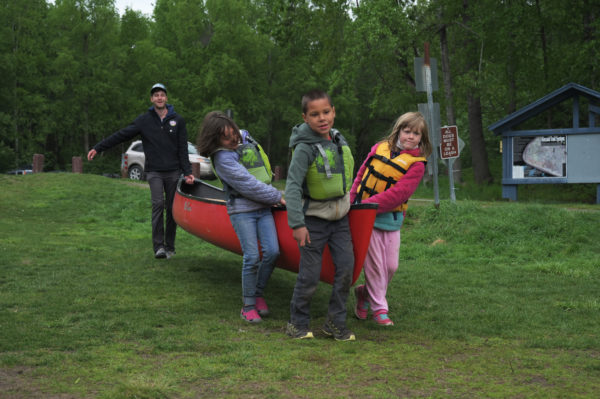
But they no longer have to wear face masks outside unless they’re close to non-campers, like while walking on the trail. Trailside just changed the mask rule last week in response to loosened federal health recommendations.
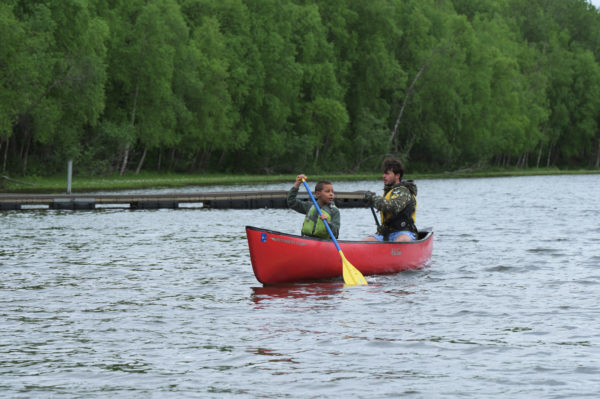
It’s pretty nice, said 8-year-old Nola Horn Rollins.
“At first, it was really weird though,” she said. “But then I really liked it. Seeing what my friends’ faces looked like and their facial expressions.”
So while 2021 summer camp is not quite like pre-pandemic times, it’s closer to it than last year. And, camper Van Wyck said, it’s a nice break from a very virtual 2020.
“I don’t have to do Zoom, don’t have to look at a screen, not move all day,” she said. “It’s way better.”
Tegan Hanlon is the digital managing editor at Alaska Public Media. Reach her at thanlon@alaskapublic.org or 907-550-8447. Read more about Tegan here.





